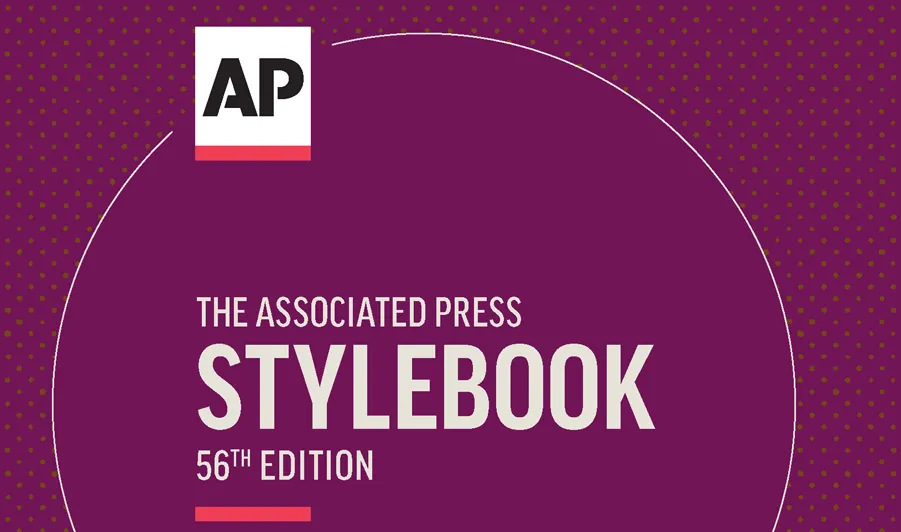The Associated Press Stylebook has been the go-to reference for journalistic writing for decades. Almost every news organization follows “AP style.” Definition of terms, use of punctuation, new words and their meaning — if you do journalism, you need the Stylebook.
As issues come up in the news, the Stylebook folks will often create a special section covering all the terms related to that issue. And while there is a cost to subscribing to the Stylebook, the editors will sometimes make those sections available to all.
The latest special section created by the AP Stylebook staff is a section on transgender coverage. You can access it here.
It’s much too large to recreate in full in this article. But I did receive permission to pull some excerpts to share with our readers.
From the introduction:
Journalists on all beats must be able to write about and interview transgender people using accurate, sensitive, unbiased language.
Gender terminology is vast and constantly evolving; a style guide can't cover everything. Let your sources guide you on how they want to be identified, and then use your judgment to be both sensitive and accurate.
Avoid false balance — giving a platform to unqualified claims or sources in the guise of balancing a story by including all views. For instance, don't quote people speaking about biology or athletic regulations unless they have the proper background. If you do need to use the quotes, fact-check them within the story. Ensure that organizations offering data or other factual information in a story are using sound methodology grounded in valid science.
Here are some other useful definitions and explanations:
Gender refers to internal and social identity and often corresponds with but is not synonymous with sex. Experts from organizations including the American Medical Association, American Psychiatric Association and American Psychological Association say gender is a spectrum, not a binary structure consisting of only males and females. Sex refers to biological characteristics, such as chromosomes, hormones and reproductive anatomy.
...
Generally avoid the often false terms groom or groomer, which some people use to stoke fears about LGBTQ+ people's interactions with children, or education about LGBTQ+ people, comparing their actions to those of child molesters. If necessary to directly quote someone using the term, add that context. For example: "He is a groomer, pure and simple," Smith said, using a term that falsely links LGBTQ+ people's interactions with children to the actions of child molesters.
...
If you aren’t already clear about which pronoun a person uses, it’s OK and often advisable to ask them. Don’t refer in interviews or stories to preferred or chosen pronouns. Instead, the pronouns they use, whose pronouns are, who uses the pronouns, etc. While many transgender people use he/him and she/her pronouns, others — including nonbinary, agender or gender-fluid people — use they/them as a gender-neutral singular personal pronoun.
There is, of course, much more in the guide. I found it useful, and learned some terms and definitions I didn’t know. Follow the link to read the whole thing, and bookmark it if you need to. And feel free to share the link as well.
--30--








